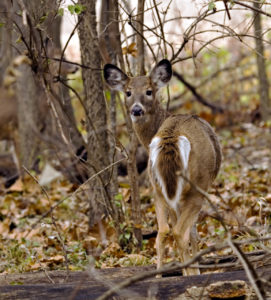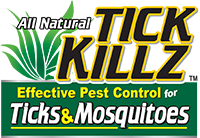Archives
Select Archives- March 2021
- July 2019
- June 2019
- May 2019
- March 2019
- February 2019
- January 2019
- November 2018
- October 2018
- September 2018
- July 2018
- June 2018
- May 2018
- April 2018
- March 2018
- February 2018
- January 2018
- December 2017
- November 2017
- October 2017
- September 2017
- August 2017
- July 2017
- June 2017
- April 2017
- March 2017
- February 2017
- January 2017
- December 2016
- November 2016
- October 2016
- September 2016

The tick nymph is more dangerous to mammals than an adult tick. It is so small it can be mistaken for a freckle on light skin. It also may have fed on a mouse, which is a source of the dangerous bacterium known as spirochete. The male adult tick looks for the biggest moving mammalian blood like that in a deer. Deer have components in their blood that prevent the spirochetes from surviving. But they are also tick enablers; if there were fewer deer, there would be fewer ticks.
Male and female ticks engage in feeding on deer. The female tick plants her anchor in the deer and, after a long drink of blood, her body can produce as many as 2,000 eggs. The male attaches to the female and remains attached until the female drops off. Once the female tick is on the ground, she lays her eggs and begins to atrophy.
Death for a tick comes from starvation, dehydration, egg-laying, or old age, rather than from a predator. There don’t seem to be any natural enemies to help with tick control in the environment.
For a safe tick control product to use around your property, call Tick Killz, a leader in all-natural pest control products, at 973.627.4523. For more information on the safest way to eliminate ticks and mosquitos, visit TickKillz.com today.
